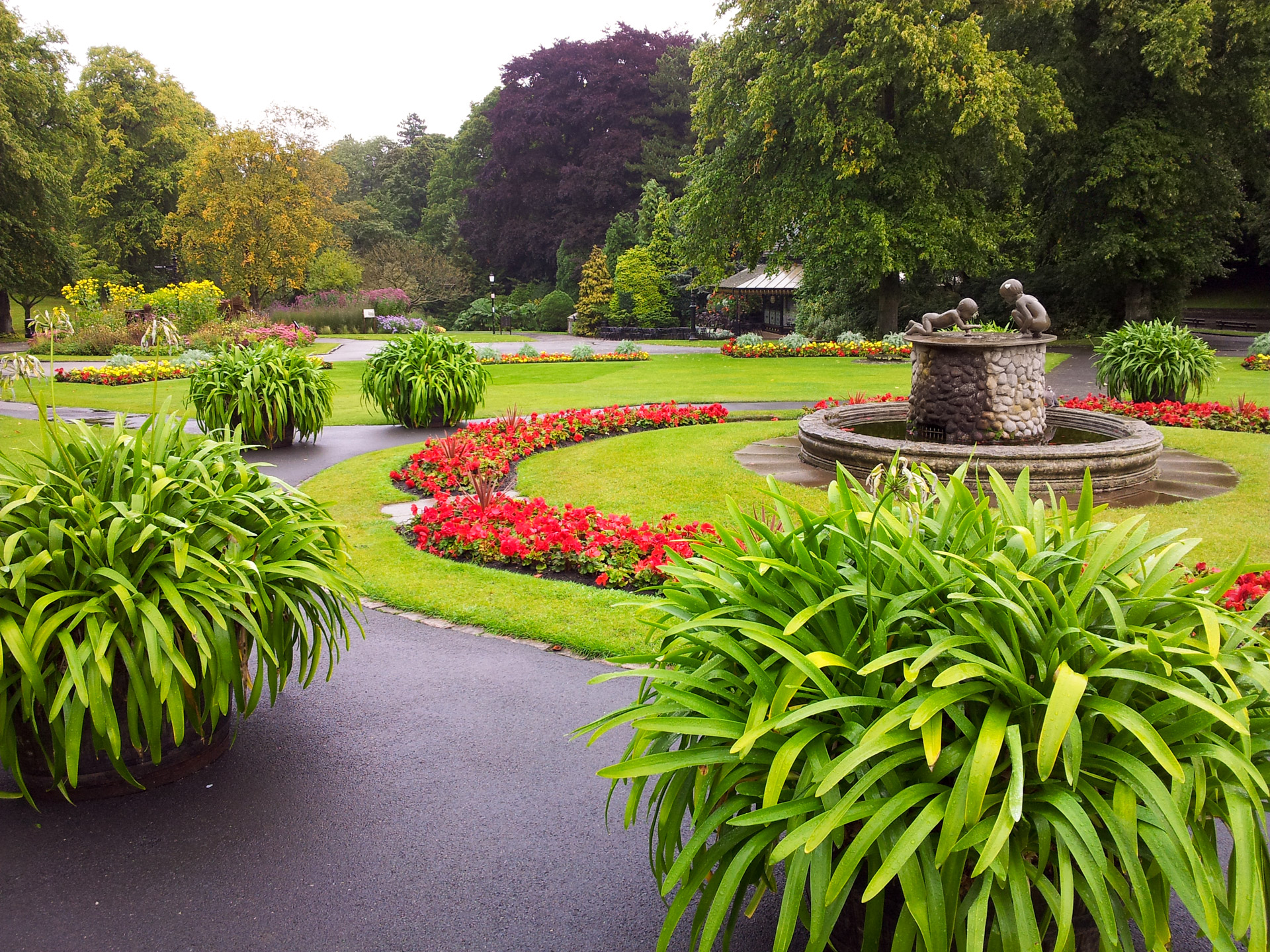Growing Edible Flowers in Small Gardens

Growing Edible Flowers in Small Gardens
Why Grow Edible Flowers in Your Small Space Garden?
Imagine transforming your tiny urban garden into a vibrant, edible paradise. Growing edible flowers in small gardens is not just about making the most of your space; it's about creating a beautiful, productive sanctuary right at your doorstep. Let's dive into the delightful world of edible blooms and explore how you can become a successful small space gardener.
The Joy of Urban Gardening
Urban gardening is all about maximizing limited spaces. Whether you have a balcony, a patio, or a small backyard, there's always room for a few pots of edible flowers. Not only do they add a splash of color, but they also attract beneficial pollinators like bees and butterflies. It's like creating your own tiny, bustling ecosystem.
Getting Started: Planning Your Small Space Garden
Before you dive headfirst into the world of edible blooms, let's talk garden design. Start by assessing your space. How much sunlight does it get? What kind of soil do you have? These factors will help you choose the right flowers. Remember, you're not just growing flowers; you're creating a tiny, beautiful landscape.
Best Edible Flowers for Small Gardens
When it comes to edible blooms, you're spoiled for choice. Here are a few favorites:
- Nasturtiums: These vibrant, peppery flowers are perfect for salads and sandwiches. They're easy to grow and come in a variety of colors.
- Calendula: Also known as pot marigold, calendula adds a tangy flavor to salads and soups. Plus, it's a great companion plant, deterring pests and attracting beneficial insects.
- Borage: With its stunning blue, star-shaped flowers, borage is a showstopper. It has a cucumber-like taste and is great in salads or as a garnish.
Flower Care Tips for Your Urban Garden
Growing edible flowers in small gardens requires a bit of TLC. Here are some flower care tips to keep your blooms happy:
- Water regularly: Most edible flowers need consistently moist soil. But be careful not to overwater—soggy soil can lead to root rot.
- Provide plenty of light: Most edible flowers need at least 6 hours of sunlight a day. If your garden is shady, choose flowers that tolerate low light, like violets or impatiens.
- Feed your flowers: Use a balanced, water-soluble fertilizer every 4-6 weeks to keep your flowers well-fed.
Creative Ways to Maximize Your Small Space Garden
Just because you're short on space doesn't mean you can't have a lush, productive garden. Here are some creative solutions for small space gardening:
- Go vertical: Use trellises, arbors, or even pocket planters to grow up, not out.
- Hang it up: Hanging baskets are a great way to add more plants without taking up floor space.
- Think outside the pot: Get creative with your containers. Old boots, teacups, even vintage tins can make charming, unique planters.
Designing Your Edible Flower Garden
When it comes to garden design, let your imagination run wild. Combine different colors, textures, and heights to create a stunning display. Don't be afraid to mix edible flowers with herbs and vegetables for a truly unique look.
Harvesting and Using Your Edible Blooms
Harvesting your edible flowers is half the fun. Pick flowers in the cool of the morning, when they're at their freshest. Use them to garnish salads, soups, or even desserts. You can also preserve them in sugar or vinegar for a beautiful, edible gift.
Troubleshooting Common Problems
Growing edible flowers in small gardens isn't always smooth sailing. Here are some common problems and solutions:
- Pests: Aphids, whiteflies, and other pests can wreak havoc on your flowers. Use insecticidal soap or neem oil to keep them at bay.
- Disease: Powdery mildew and other diseases can be a problem in small gardens. Ensure good air circulation and avoid overhead watering to prevent issues.
- Lack of space: If your garden is bursting at the seams, consider creating a vertical garden or using window boxes to add more growing space.
Inspiration from the Royal Horticultural Society
For more inspiration, check out the Royal Horticultural Society's advice on growing edible flowers. They offer a wealth of information on everything from choosing the right flowers to caring for them throughout the growing season.
Conclusion
Growing edible flowers in small gardens is more than just a hobby—it's a journey. It's about transforming a tiny patch of earth into a vibrant, living canvas. It's about nurturing life and being rewarded with beauty and flavor. So, what are you waiting for? Grab your trowel and let's get growing!
FAQs
Q: Which edible flowers grow well in shade? A: Flowers like violets, impatiens, and begonias tolerate shade well and are a great choice for shady gardens.
Q: Can I grow edible flowers in pots? A: Absolutely! Many edible flowers thrive in pots. Just make sure your pot has good drainage and is large enough to accommodate the plant's root system.
Q: Are all flowers edible? A: No, not all flowers are edible. Some, like oleander and foxglove, are highly toxic. Always do your research before consuming any flower.
Q: How do I preserve edible flowers? A: You can preserve edible flowers in sugar or vinegar. You can also dry them for use in teas or potpourri.
Q: What's the best way to attract pollinators to my edible flower garden? A: Choose flowers with different shapes, sizes, and colors to attract a variety of pollinators. Also, ensure you have a source of water nearby, like a birdbath or shallow dish.
0 Response to " Growing Edible Flowers in Small Gardens"
Post a Comment